India, the world's largest democracy, is bracing itself for the monumental task of electing its next government, with a staggering 96.9 crore citizens set to cast their votes in the upcoming Lower House of Parliament elections.
The Election Commission of India has announced that this year's election will be conducted in seven phases, spanning from April 19 to June 1, culminating in the declaration of results on June 4. Covering a vast geographical expanse from the Himalayas to the Indian Ocean, and from the eastern mountains to the western deserts, approximately 970 million voters will elect 543 representatives to the Lok Sabha, with an additional two Anglo-Indian representatives appointed by the President, bringing the total number of seats to 545.
Here are seven key reasons why India's election stands out in terms of scale and organization:
1. Seven-Phase Selection Process: The election will be conducted in seven phases over 47 days, allowing citizens across the country to participate in the democratic process. Each phase will cover different regions of India, ensuring widespread voter participation.
2. Massive Voter Turnout: With nearly 969 million voters across 28 states and eight Union Territories, India's electorate surpasses the population of all European countries combined. The Election Commission has made provisions for approximately 1,048,202 polling stations to accommodate voters, with an emphasis on accessibility and convenience.
3. Record-Breaking Budget: The 2024 Lok Sabha election is set to become the most expensive election globally, with an estimated budget of 120,000 crore rupees (approximately 14.4 billion dollars). This substantial financial investment underscores the significance of the electoral process in India's democratic framework.
4. Challenging Terrain: Election workers face formidable logistical challenges, including setting up polling stations in remote and inaccessible areas such as the Himalayas and dense forests. Despite these obstacles, efforts are underway to ensure every eligible voter can exercise their right to vote.
5. Multitude of Political Parties: With 2,660 registered political parties, India's electoral landscape is diverse and complex. Parties vie for voter attention with unique symbols and platforms, reflecting the country's vibrant political ecosystem.
6. High Stakes for Key Players: The electoral battle is primarily between the ruling Bharatiya Janata Party (BJP), led by Prime Minister Narendra Modi, and the Indian National Congress, the main opposition party. Both parties have formed alliances with multiple regional and national parties, intensifying the competition for parliamentary seats.
7. Ambitious Targets: Prime Minister Modi and the BJP have set ambitious targets of securing 370 and 400 seats, respectively, in the Lok Sabha. These targets signal their determination to secure a strong mandate and shape India's political landscape for the next five years.
As India embarks on this historic electoral journey, the outcome of the elections will not only determine the composition of the next government but also shape the country's trajectory in the years to come. With its rich tapestry of diversity and democracy, India continues to set an example for democratic nations worldwide.



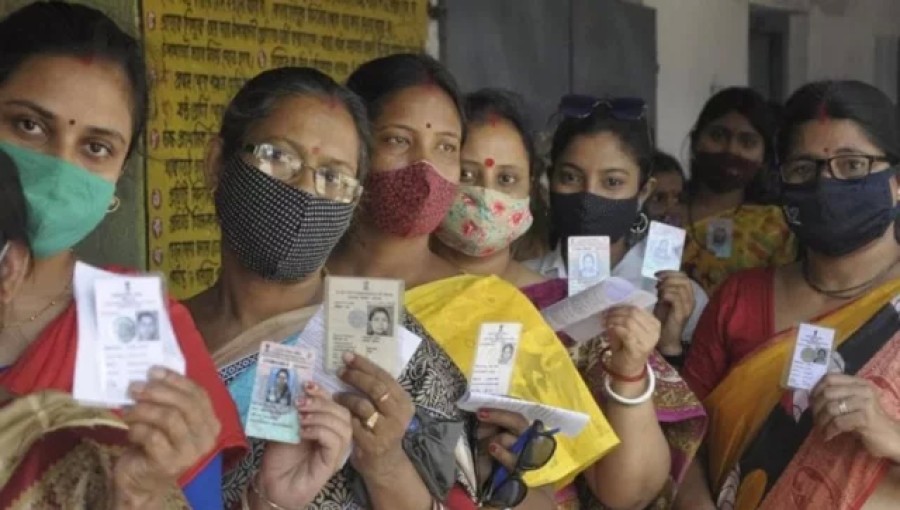
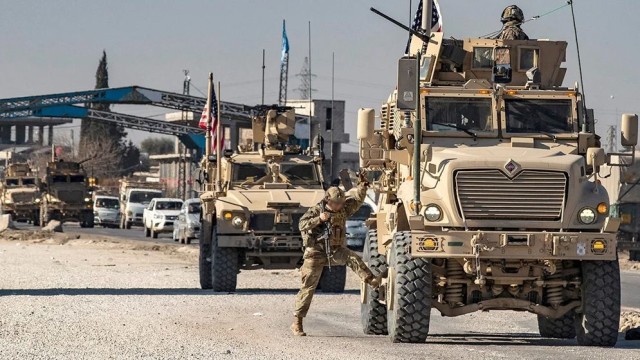
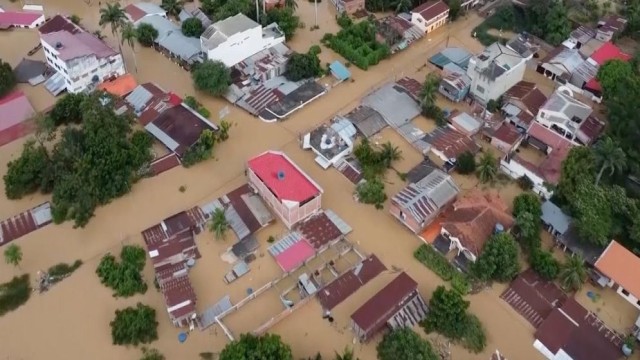
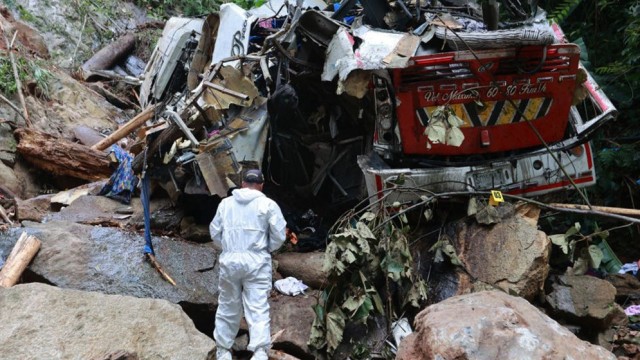

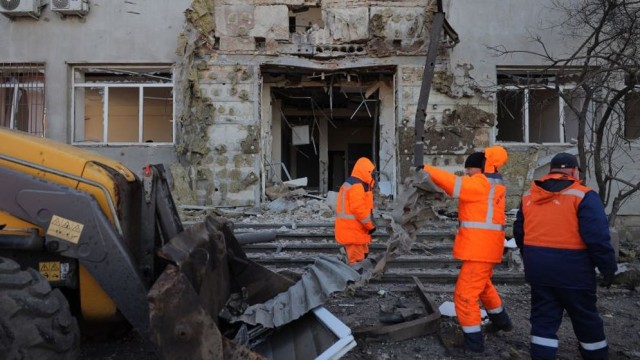
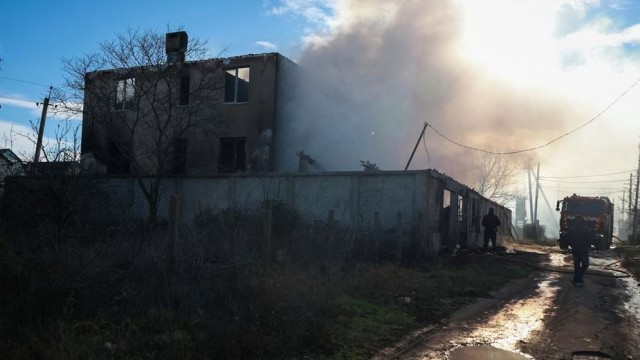
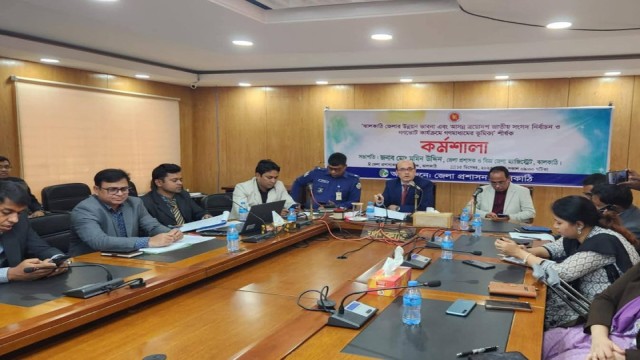
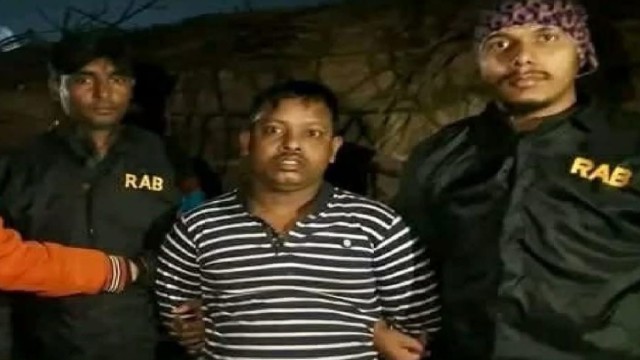
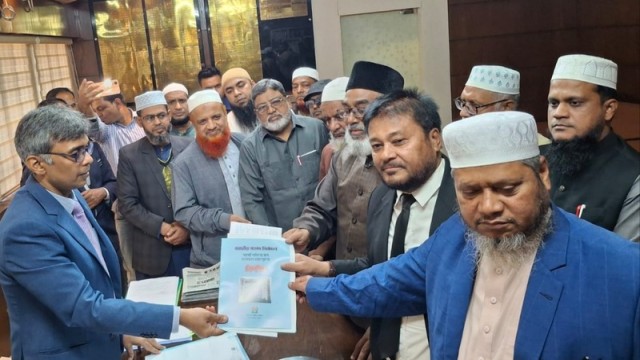
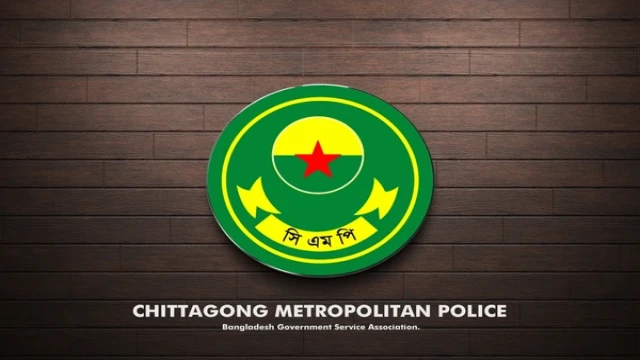
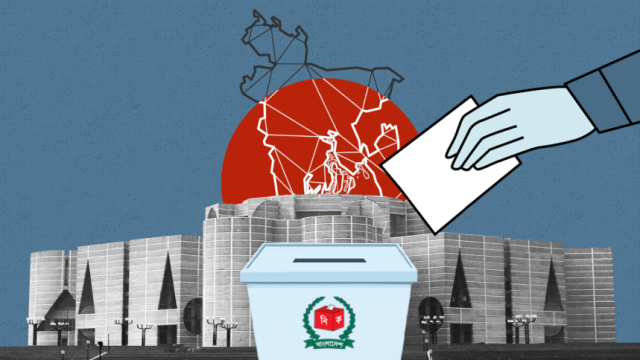

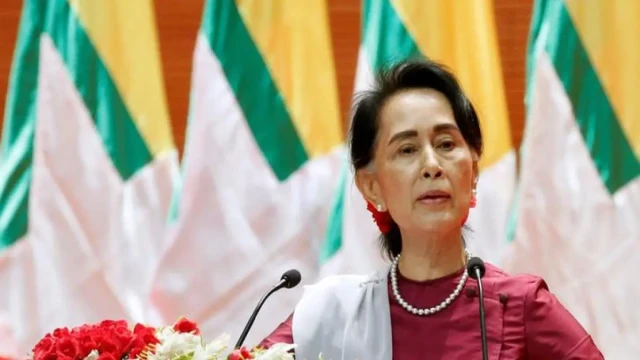
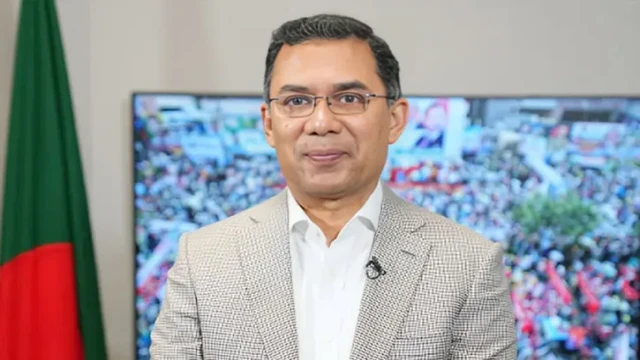

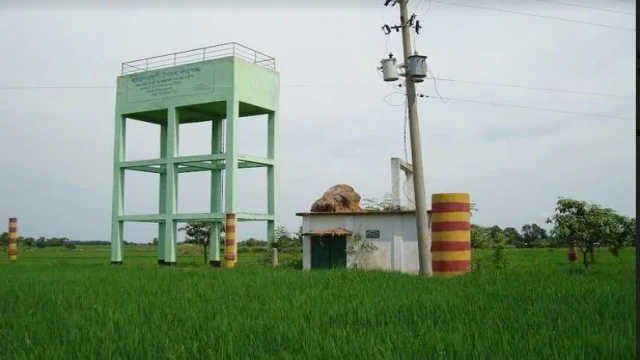

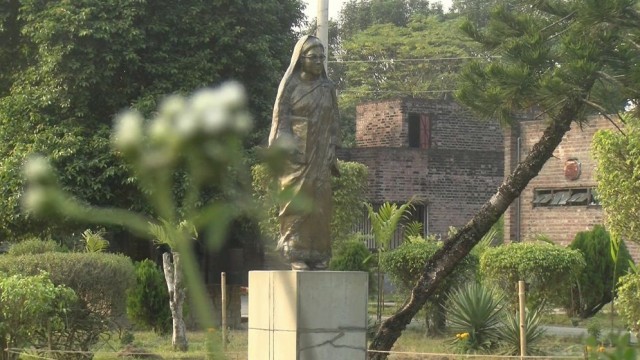

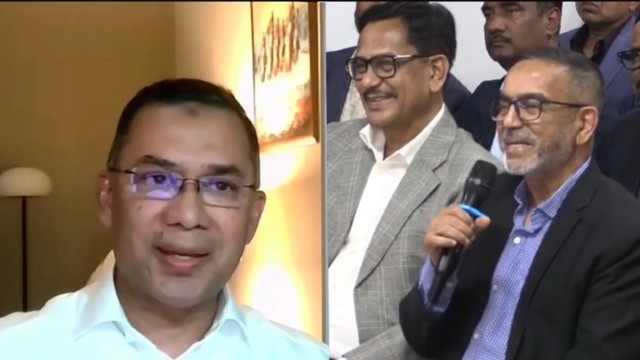
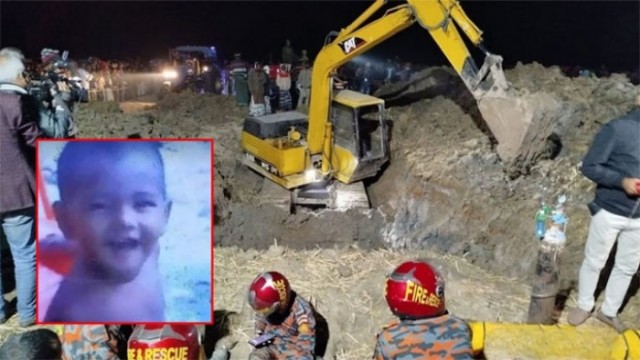

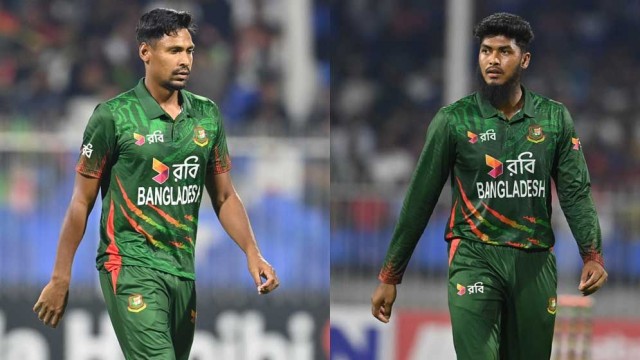
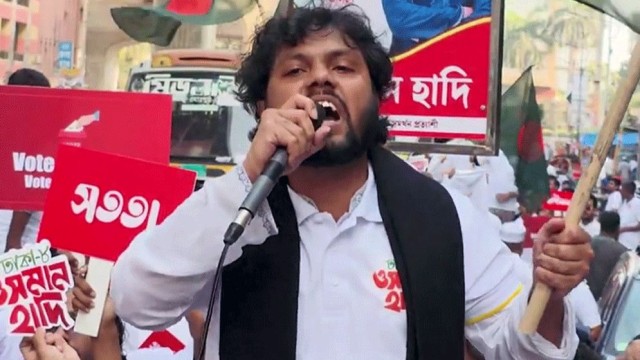
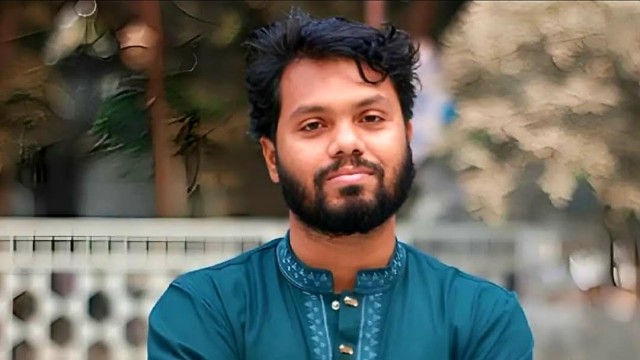
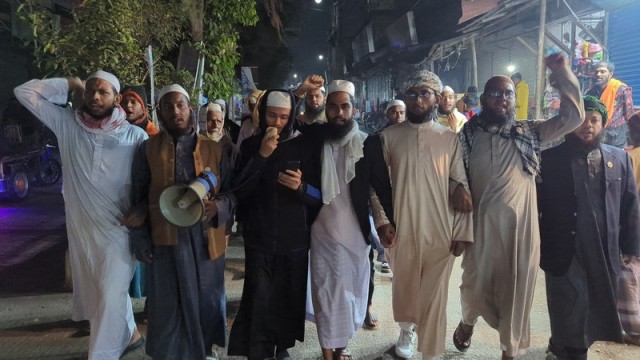
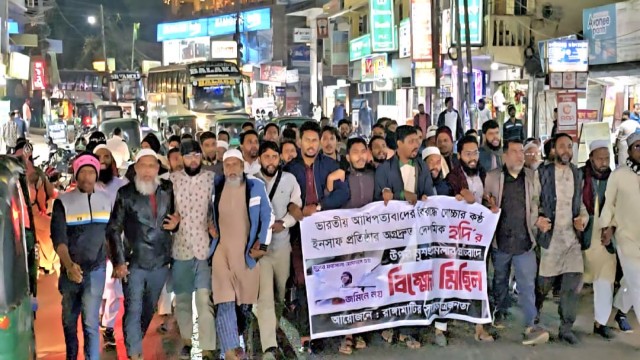
Comment: